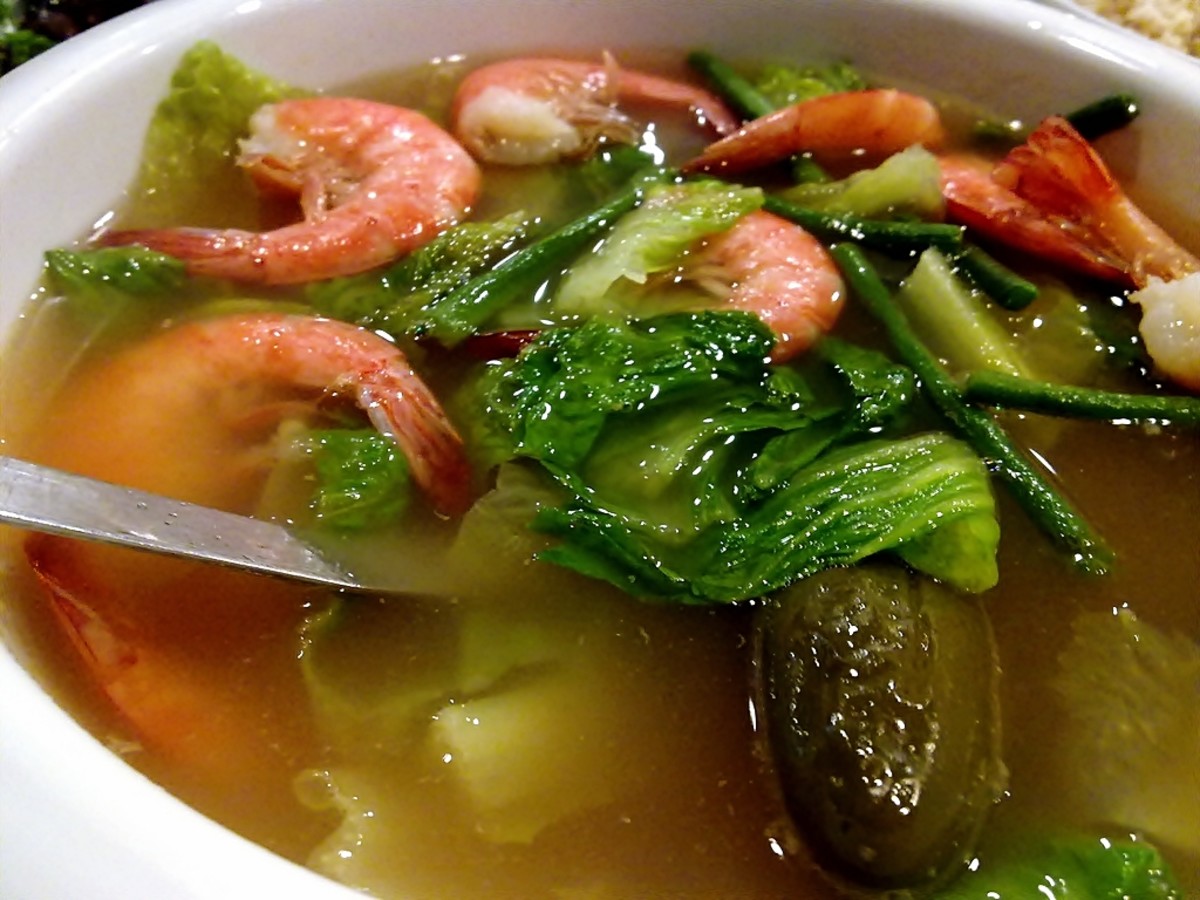The Philippines, a tropical archipelago, is renowned for its vibrant culture and diverse culinary landscape. Among its many gastronomic treasures, soup holds a special place in Filipino hearts and kitchens. From hearty, comforting broths to light and refreshing soups, the Philippines offers a plethora of options that satisfy every palate. Each region in the country has its unique twist on traditional recipes, showcasing local ingredients and flavors that reflect the rich heritage of the Filipino people.
In Filipino households, soup is more than just a dish; it is a symbol of warmth and togetherness. Often served during family gatherings or celebrations, these soups are crafted with love and care, making them a staple in daily meals. Whether it's a rainy day or a festive occasion, enjoying a bowl of Philippines soup brings people closer, fostering connections and creating cherished memories.
As we embark on this culinary exploration, we will delve into the world of Philippines soup, uncovering its delightful varieties, ingredients, and the cultural significance behind each recipe. Join us on this flavorful journey, and discover why Philippines soup is a beloved dish that transcends generations.
What Are the Most Popular Types of Philippines Soup?
The Philippines boasts a variety of soups that cater to different tastes and occasions. Some of the most popular types include:
- Sinigang: A sour soup often made with tamarind, this dish is usually prepared with pork, shrimp, or fish and a medley of vegetables.
- Nilagang Baka: A comforting beef soup with vegetables, typically served with corn and potatoes.
- Tinola: A chicken soup flavored with ginger, green papaya, and leafy vegetables, perfect for warm weather.
- Batchoy: A savory noodle soup hailing from Iloilo, featuring pork, liver, and a rich broth.
How Is Sinigang Prepared?
Sinigang is one of the most cherished Philippines soups, known for its distinct sour flavor. The preparation involves simmering meat, usually pork or shrimp, in water with a variety of vegetables such as radish, eggplant, and water spinach. The hallmark of sinigang is its souring agent, which can be tamarind, calamansi, or green mangoes. The result is a tangy, hearty soup that warms the soul.
What Ingredients Are Commonly Used in Philippines Soup?
The ingredients used in Philippines soup vary depending on the type of soup being prepared. However, some common ingredients include:
- Meat (pork, chicken, beef, or fish)
- Vegetables (water spinach, radish, eggplant, and green beans)
- Souring agents (tamarind, calamansi, or green mango)
- Herbs and spices (ginger, garlic, and onion)
Why Is Soup Important in Filipino Culture?
Soup plays a vital role in Filipino culture, symbolizing warmth, hospitality, and family bonds. It is often served during special occasions and celebrations, reflecting the importance of sharing meals with loved ones. Moreover, soups are frequently prepared as comfort food, especially during rainy days or times of illness, showcasing the nurturing aspect of Filipino cuisine.
What Are the Health Benefits of Philippines Soup?
Besides their delicious taste, Philippines soups offer several health benefits, such as:
- Hydration: Soups are primarily water-based, helping to keep the body hydrated.
- Nutrients: Packed with vegetables and lean meats, soups provide essential vitamins and minerals.
- Comfort: Warm soup can soothe the soul and provide comfort during stressful times or illness.
How Do Different Regions in the Philippines Influence Soup Recipes?
The diverse geography and culture of the Philippines contribute to the unique variations of soup found across the country. For instance:
- The Ilocos region is famous for its Pinakbet, a vegetable soup with shrimp paste.
- Mindanao showcases Pastil, a rice soup often served with chicken or beef.
- In the Visayas, Batchoy is a beloved noodle soup that highlights local flavors and ingredients.
What Makes Philippines Soup Unique Compared to Other Soups Worldwide?
Philippines soup stands out due to its distinctive flavors, use of local ingredients, and cultural significance. The balance of sour, salty, and savory flavors in dishes like sinigang is a hallmark of Filipino cuisine, setting it apart from other soups worldwide. Additionally, the communal aspect of sharing soup during meals fosters a sense of togetherness, making it a cherished part of Filipino culture.
How Can You Make Authentic Philippines Soup at Home?
For those eager to try their hand at making Philippines soup, here’s a simple recipe for Sinigang na Baboy (Pork Sinigang):
- Gather ingredients: pork belly, water, tamarind paste, tomatoes, radish, eggplant, and water spinach.
- In a pot, boil water and add the pork. Simmer until tender.
- Add tomatoes and tamarind paste, adjusting the sourness to taste.
- Incorporate vegetables and cook until tender.
- Serve hot with rice for a comforting meal.
Why Should You Try Philippines Soup?
Whether you are familiar with Filipino cuisine or a newcomer, trying Philippines soup is a culinary adventure worth exploring. The rich flavors and diverse ingredients highlight the creativity of Filipino cooks, making it a delightful experience for food lovers. So, gather your loved ones and enjoy a bowl of warmth and comfort that only Philippines soup can provide!




